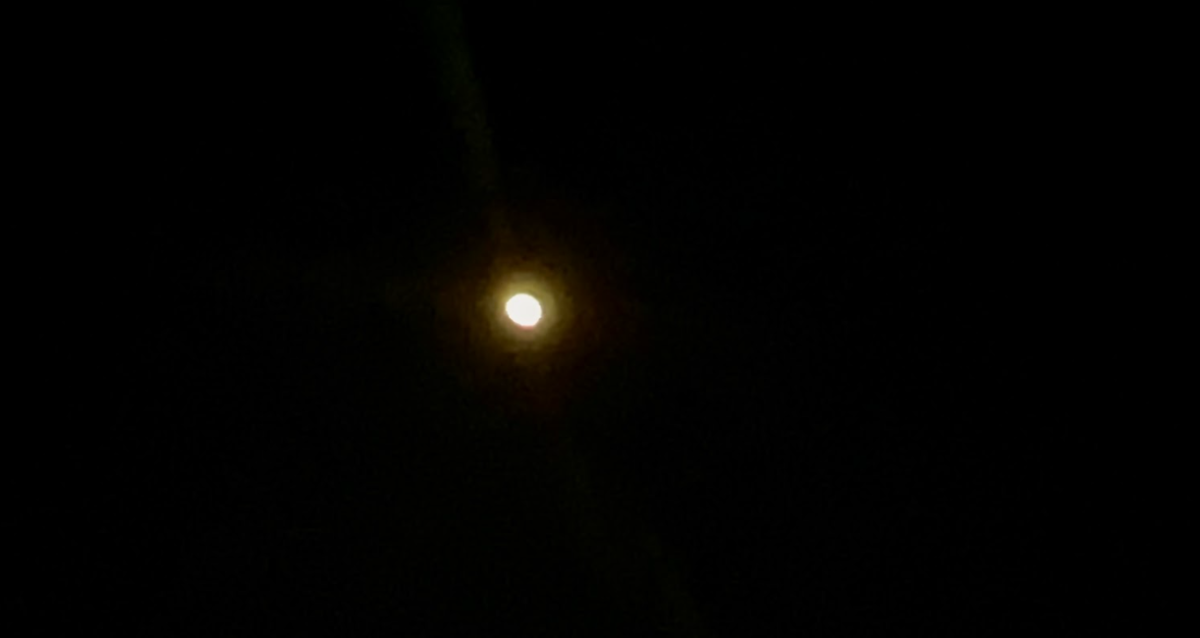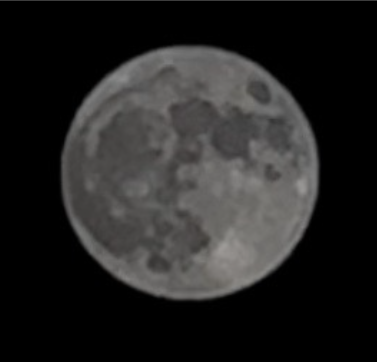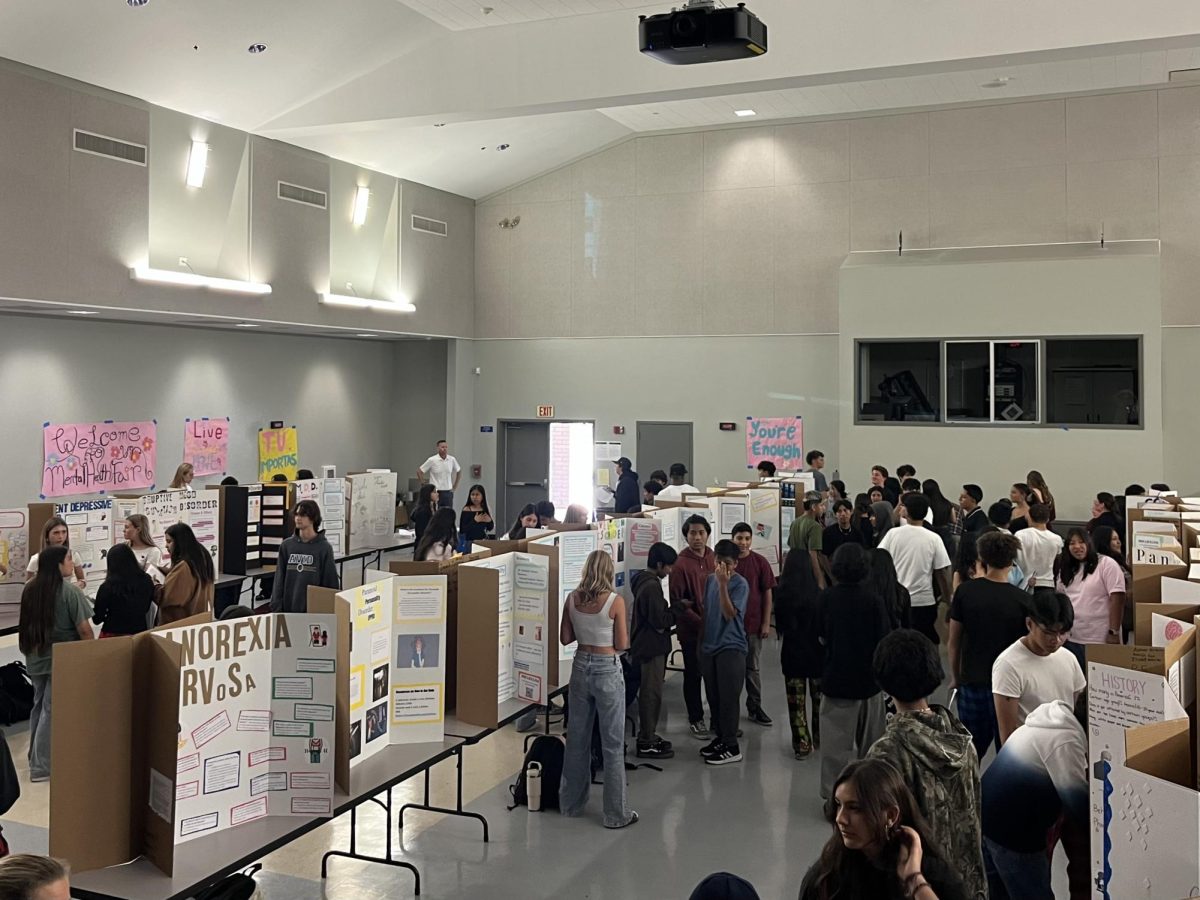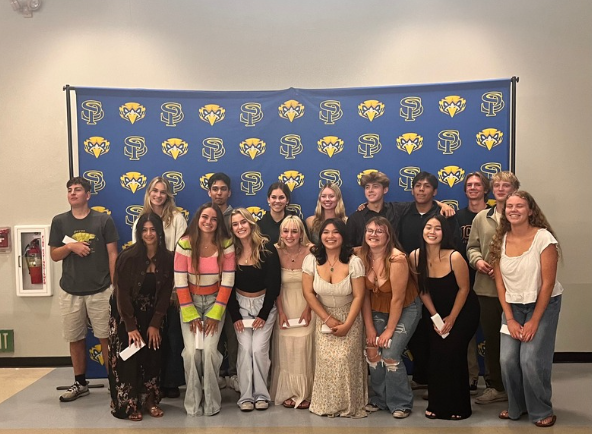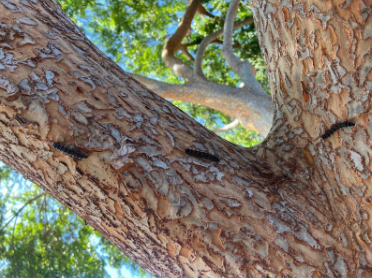On a distant planet in a faraway galaxy, biomarkers were detected by the James Webb Space Telescope (JWST), the first indication of a possible alien existence.
These biomarkers are two gases, known as dimethyl sulfide and dimethyl disulfide. As Will Dunham for Reuters reports, “The two gases… are generated on Earth by living organisms, primarily microbial life such as marine phytoplankton – algae,” (Reuters).
These signs were detected from an exoplanet called K2-18b – as BBC News reports, “K2-18b is two-and-a-half times the size of Earth and is 700 trillion miles, or 124 light years, away from us,” (BBC). In other words, it takes light from K2-18b 124 years to reach us – so in reality, scientists are viewing the planet as it was 124 years ago. (This also means that if we were to travel at the speed of light – which is commonly agreed to be impossible – it would take 124 years to get there. Considering the speed of our current fastest spacecraft, the Voyager 1, it would take about 2,232,000 years to get there.)
However, scientists caution against jumping to conclusions. Professor Madhusudhan and the team from Cambridge cautions that “There is still a 0.3% chance that it might be a statistical fluke,” (BBC). Not to mention that, even if the amounts of molecules, called DMS and DMDS, were accurately recorded, there is still the possibility that these molecules were produced in some other way, perhaps geologically, rather than biologically.
These molecules were detected through a process called spectroscopy; as NASA explains “Webb captures the infrared light from the star and breaks it into colors. By studying the way some of the colors of light are blocked and filtered by this material, Webb can tell what the dust is made of. In fact, each atom and molecule has a unique spectroscopic signature,” (NASA). They compare this to a prism, which when white light is shone through it, reveals a rainbow of the color spectrum. “Scientists can read the color bands of this spectrum like a bar code, revealing which molecules are present,” (NASA).
Even if K2-18b does not hold life, the search for extraterrestrial existence will not end; as NASA notes, over 5000 exoplanets have been confirmed to exist, not to mention the many candidate exoplanets (unconfirmed, but speculated to exist) and the exoplanets thought to exist outside the observable universe (distances so far away that light itself has not had time in 13.7 billion years to reach us yet). Therefore, if K2-18b is found not to hold alien life, then there are still numerous places left in the universe to check before concluding humanity is truly alone; but if life is found, then Professor Madhusudhan claims “it should basically confirm that life is very common in the galaxy,” (BBC).


